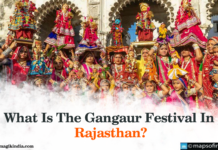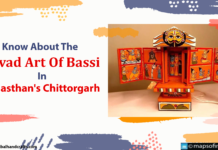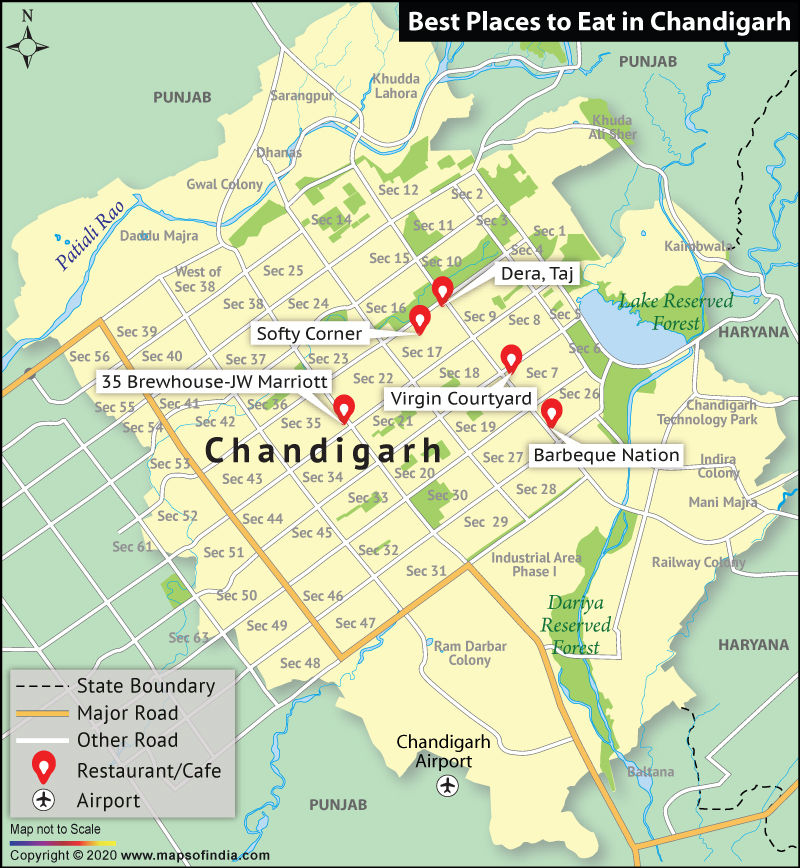Printing, not known in India till 1556, was introduced for the first time by the Portuguese (in Goa) for publishing Biblical literature. In the British Indian territories, efforts to set up the first printing press were made by Bhimji Parekh, a native of western India, but failed. Later, an Englishman named James Augustus Hicky was able to set up a printing press in Calcutta in 1780. He was a pioneer in the field of Indian Journalism, and brought out the first newspaper, Bengal Gazette, alias Calcutta Advertiser on January 29, 1780. This paper was followed by The Indian Gazette in the same year. Then came the Calcutta Gazette in 1784. Within a couple of years of Hicky’s pioneering attempt, five journals were founded in Bengal, while Madras saw the birth of its first newspaper, the Madras Courier in October 1785. It was followed by the Madras Harakuru in 1791. The content of all these journals, which were published in English and edited by Englishmen, was meant to cater the needs of the British Community living in India. The Friend of India, Asiatic Mirror, The Times of India, Amrit Bazar Patrike, The Indian Express, National Herald, and Satyagrah are few of important newspapers of that time.
English Journalism in Punjab
English journalism entered Punjab in 1846 with Lahore Chronicle. It soon merged with the Indian Public Opinion in 1867 and with the Civil and Military Gazette in 1877. The Punjabee was started in the year 1865 and was later on published in Urdu, remaining in publication till 1890. The Delhi Gazette also started its Lahore edition during this period. The Civil and Military Gazette came out from Simla in 1872. It was a weekly Anglo-Indian paper which was shifted to Lahore in 1876 and made a daily. Sardar Dyal Singh Majithia started The Tribune, one of the most influential papers, as a weekly from Lahore in February 1881. The Tribune soon became bi-weekly (Wednesday and Thursday) in 1886 and then tri-weekly (Tuesday, Thursday and Saturday) in January 1898. It became a daily in 1906 and moved to its present home Chandigarh in 1969. Two sister papers, Punjabi Tribune and Dainik Tribune in Hindi, were started on August 15, 1978.
Then came the Punjabi Patriot in 1891, run by the Sikhs. The Khalsa,brought out in 1899, was the first Sikh newspaper in English. It was published from Guru Gobind Singh Press, Lahore and was edited by Bhagat Laxman Singh. It continued its publication till 1901. The Khalsa Advocate started as monthly in 1903 from the Tribune Press, Lahore. It was merged with The Khalsa in 1923 and then continued its publication as Khalsa te Khalsa Advocate in Punjabi. The Sikh and Sikhism was started in the same year (1903) as an organ of the Chief Khalsa Diwan. It was published as a weekly from the Mercantile Press, Lahore. Sohan Songh was its first editor.
Obstacles
Punjab’s educational backwardness was a major hindrance so far as communication in English through print media was concerned. Illiteracy was so widely prevalent that there was hardly any English-reading public. Access to newspapers was also poor. People would get papers after two or three days by mail, which naturally decreased their interest in stale news.
The lack of knowledge in the field of printing technology too posed a problem. The earlier newspapers were lithographed or printed manually by cut type. These were printed on a hand-operated press, which could produce just a few sheets per day at a considerable cost. Later the machine-made type was used for setting on bigger matrices, operated by steam. These could print hundreds of bigger size copies in a few hours at a lower cost. In that year followed the linotype, intertype and monotype, which provided machine-composed matter to the newspaper. Today letterpress has given way to better technology like offset printing and computer typesetting. Newspaper composition methods have undergone major changes during the last few years. The use of computers has acted as a catalyst in increasing the newspaper production. Computers can carry out programmed decision-making and eliminate errors caused by human judgment. Almost all the newspapers now have their Internet editions, which are updated regularly.
Today, color has added glamour to monotonous monochrome printing. Multicolored pictures have replaced the old black and white ones. Use of latest devices, like scanners, or computers for proofreading, has given a fillip to the printing process. Latest information is supplied by newspaper and special pullouts are brought out on specific occasions.




